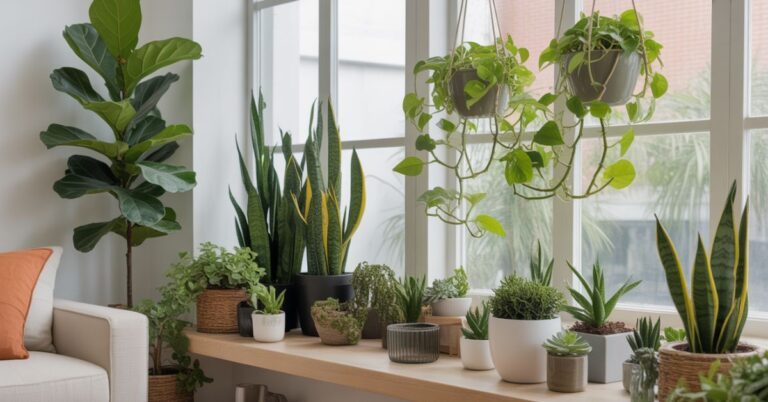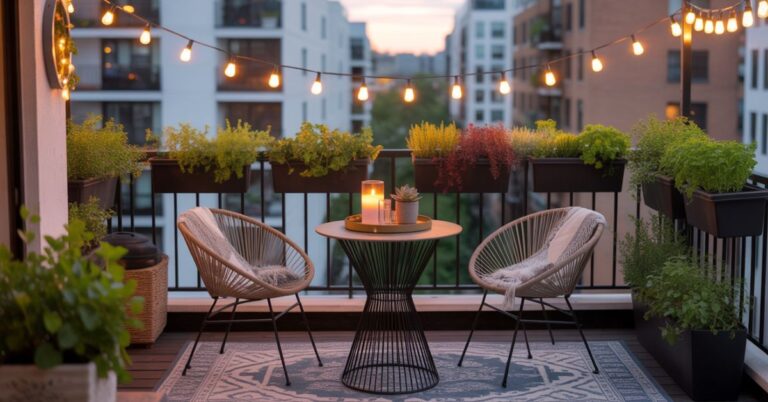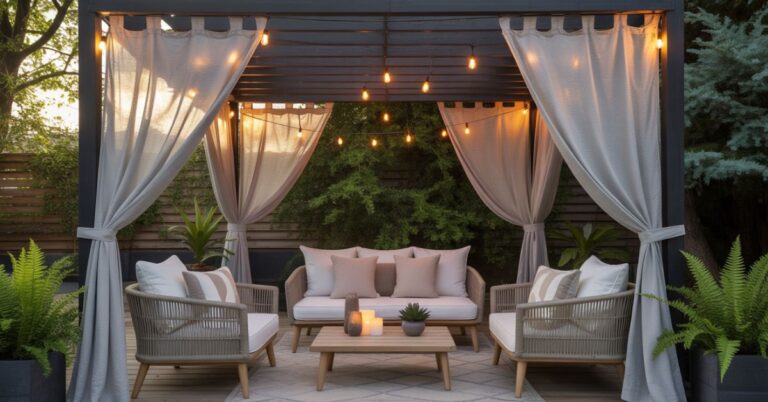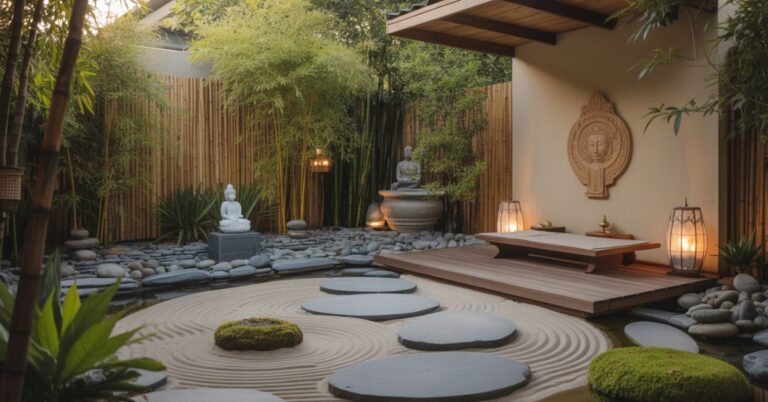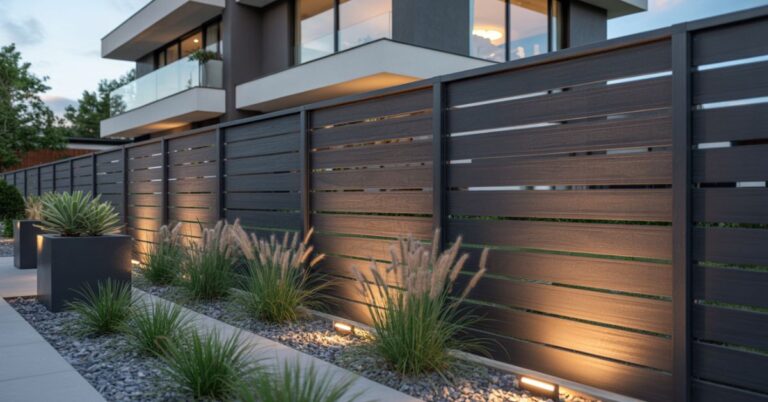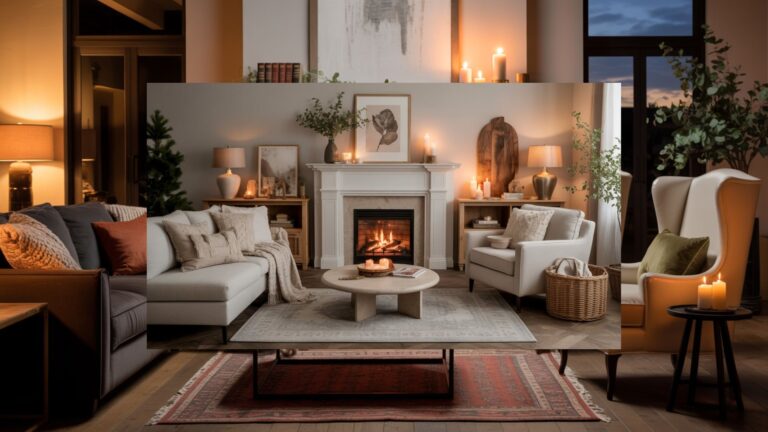37 Bungalow House Design Modern Ideas for Stylish Single
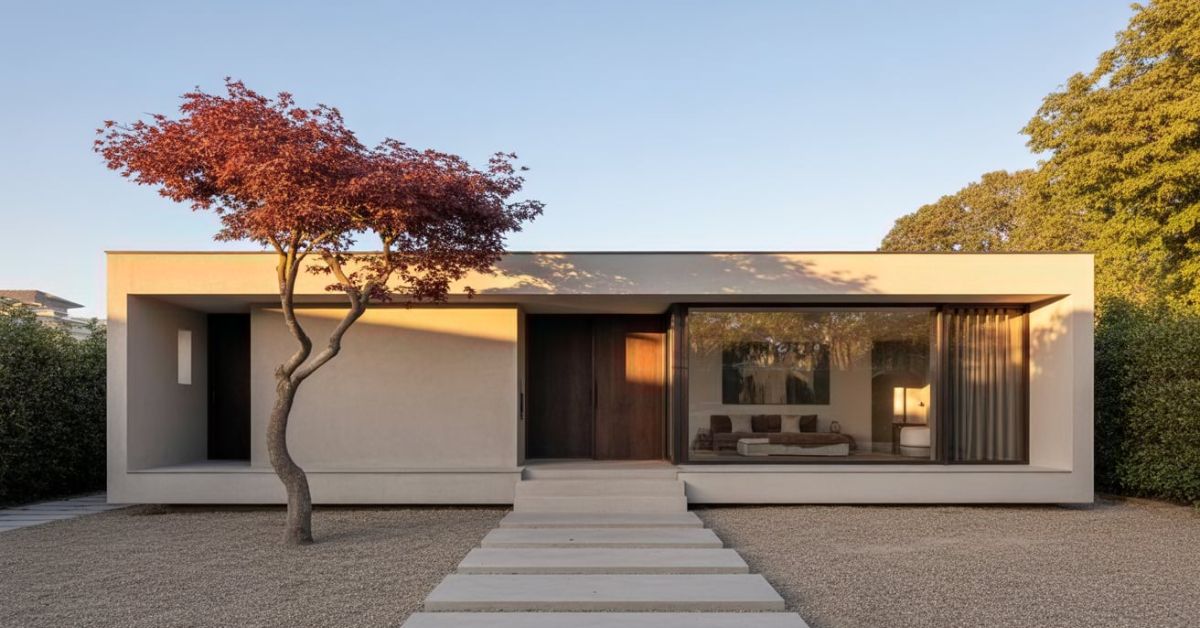
Standing at your current home’s front door, you can’t shake the feeling that your living space lacks the charm, functionality, and architectural character you see in design magazinesyet you’re convinced that stunning home design requires multiple stories, massive square footage, and unlimited budgets to achieve that perfect blend of comfort and sophistication. This frustrating reality haunts millions of homeowners who believe beautiful architecture is reserved for grand estates, leaving them settling for cookie-cutter layouts that feel cramped, disconnected, and utterly forgettable. The harsh truth is that most design inspiration showcases complex, multi-level homes that seem impossible to recreate within modest budgets and single-story constraints. However, here’s the life-changing revelation: masterful bungalow house design principles can create the most charming, functional, and visually stunning homes that surpass multi-story alternatives in comfort, efficiency, and timeless appealall while delivering the single-level convenience that modern families truly crave.
What Defines Modern Bungalow House Design in 2025?
Modern Bungalow House Design represents a revolutionary evolution of traditional single-story architecture, emphasizing sustainable living, open floor plans, and seamless indoor-outdoor connections that reflect contemporary lifestyle priorities. In 2025, the world of Bungalow House Design is going through a major transformation with sustainable materials, airy layouts, and contemporary facades. Homeowners are embracing Bungalow House Designs that blend luxury with everyday comfort, making this style a top choice for modern living.
Architectural characteristics that define Bungalow House Design include low-pitched roofs, expansive overhangs, and horizontal lines that create visual harmony with natural surroundings. Instead of ornate Victorian details, today’s Bungalow House Designs focus on clean geometric forms, while large windows and sliding glass doors maximize natural light and outdoor views, enhancing the modern lifestyle experience.
A modern Bungalow House Design is all about clean lines, minimalism, and connection with nature. Floor plans highlight open verandas, large glass windows, and the use of contemporary materials such as steel, concrete, and eco-friendly composites. These choices not only give Bungalow House Designs a stylish edge but also ensure sustainable, long-lasting construction.
The appeal of Bungalow House Design also lies in its single-story advantages, including aging-in-place compatibility, energy efficiency, and reduced construction costs compared to multi-level homes. With easy maintenance, functional layouts, and universal accessibility, Bungalow House Design has become an ideal solution for diverse family structures and long-term homeownership goals.
How Do You Maximize Space in Single-Story Bungalow Layouts?
Open Floor Plan Strategies
Open concept living eliminates unnecessary walls to create flowing spaces that feel significantly larger than their actual square footage. Kitchen-dining-living combinations provide flexible entertainment areas while maintaining distinct functional zones through furniture placement and flooring transitions.
Sight line optimization through strategic room arrangements creates visual depth that makes compact bungalows feel expansive and luxurious. Long views from entry to back yards and corner-to-corner sight lines enhance perceived space while improving natural light distribution.
Multi-functional spaces serve dual purposes to maximize utility within limited square footage. Dining areas double as home offices, guest bedrooms function as craft rooms, and kitchen islands provide additional storage while defining space boundaries.
Ceiling Height and Vertical Space
Vaulted ceilings create dramatic interior volumes that transform modest footprints into impressive living spaces. Exposed beam construction adds architectural character while increasing perceived room size through enhanced vertical dimensions.
Clerestory windows positioned high on walls introduce abundant natural light without compromising privacy or wall space needed for furniture placement. Skylights and roof windows further enhance brightness while creating connections to changing sky conditions.
Loft areas within high-ceiling spaces provide additional storage or flexible rooms without expanding building footprints. Sleeping lofts, reading nooks, and storage platforms utilize vertical space efficiently while maintaining open floor concepts.
Smart Storage Solutions
Built-in storage systems maximize every available inch while maintaining clean aesthetic lines. Floor-to-ceiling cabinets, window seat storage, and under-stair compartments provide ample space for belongings without cluttering living areas.
Hidden storage compartments within furniture and architectural elements keep essential items accessible yet invisible. Lift-top coffee tables, storage ottomans, and built-in bench seating serve dual functions while preserving spatial flow.
Outdoor storage integration through covered porches, attached sheds, and utility areas relocates seasonal items and maintenance equipment outside primary living spaces. Mudrooms and entry storage prevent clutter accumulation in main living areas.
What Are the Most Popular Bungalow Design Styles for 2025?
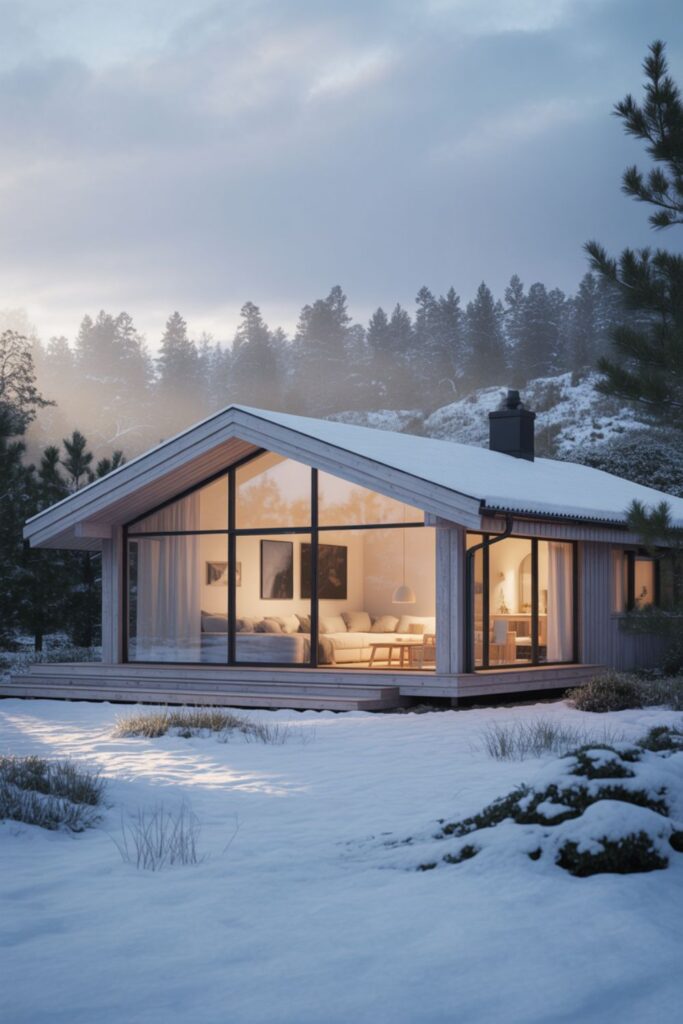
Sustainable and Eco-Friendly Designs
Sustainability is the future of Bungalow House Design! In 2025, modern Bungalow House Designs focus heavily on energy efficiency, water conservation, and reducing environmental impact. Homeowners are increasingly choosing Bungalow House Designs that integrate solar panels, rainwater harvesting systems, and passive cooling solutions. Green building practices within Bungalow House Design now emphasize renewable energy, water-efficient fixtures, and locally sourced materials that minimize the overall carbon footprint.
Passive house principles are reshaping Bungalow House Design by promoting superior insulation, airtight construction, and strategic window placement. These design strategies not only cut heating and cooling costs by up to 90% but also elevate the comfort and sustainability of every Bungalow House Design. Geothermal systems and solar installations further enhance eco-friendly living, ensuring that Bungalow House Designs deliver long-term operational savings for homeowners.
Landscaping is another vital element of sustainable Bungalow House Design. Native planting, xeriscaping, and eco-conscious outdoor layouts reduce water usage while creating beautiful green spaces that support local biodiversity. Permeable driveways, rain gardens, and even green roofs are now common in Bungalow House Designs, helping manage stormwater naturally while boosting property aesthetics.
Read More About: 65+ Creative Flower Pot Ideas to Brighten Any Space
Contemporary Minimalist Bungalows
Minimalism continues to dominate architectural trends, with bungalows focusing on simplicity, functionality, and clean lines. Geometric forms and uncluttered facades create sophisticated appearances that emphasize quality over ornamental complexity.
Neutral color palettes featuring whites, grays, and natural tones provide timeless backdrops for personal expression through furniture and artwork. Large format materials like concrete panels and steel siding create seamless surfaces that enhance minimalist aesthetics.
Indoor-outdoor integration through sliding glass walls and covered outdoor rooms extends living spaces into landscape areas. Courtyards and garden views become integral design elements that bring nature indoors while maintaining privacy.
Traditional Craftsman Revival
Craftsman-inspired bungalows blend historical charm with modern conveniences through updated interpretations of classic design elements. Exposed rafter tails, stone foundations, and covered front porches provide authentic character while supporting contemporary lifestyles.
Natural material emphasis features wood siding, stone accents, and brick details that create warm, welcoming appearances. Handcrafted elements like custom millwork and artisan hardware add personal touches that distinguish homes from mass-produced alternatives.
Proportion refinement updates traditional Craftsman scales for modern living patterns while preserving essential character elements. Larger windows, open floor plans, and updated room sizes accommodate contemporary family needs within historic architectural frameworks.
How Do You Create Stunning Bungalow Exteriors?
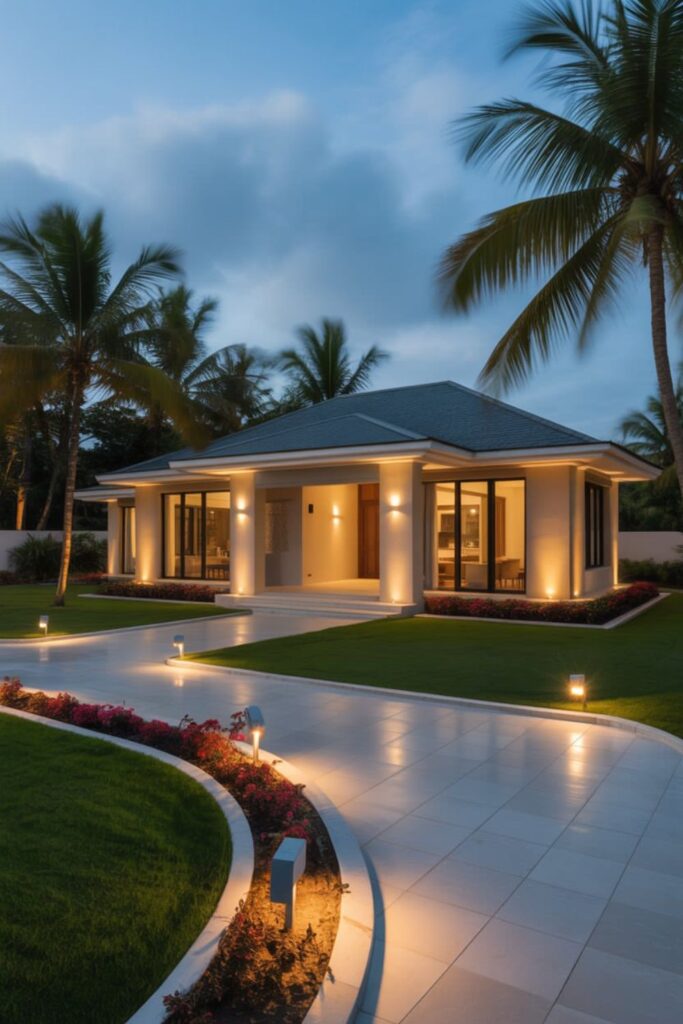
Facade Design and Materials
Material combinations in Bungalow House Design create visual interest and architectural depth through the strategic layering of complementary textures. For example, stone wainscoting paired with wood siding gives a premium look, while metal roof accents introduce contemporary style to traditional Bungalow House Designs.
Large glass panels and floor-to-ceiling windows are signature features of modern Bungalow House Design, flooding interiors with natural light while creating strong connections to surrounding outdoor spaces. Expansive glazing not only defines the aesthetic of a modern Bungalow House Design but also supports energy efficiency goals, making these elements both stylish and functional.
Color strategies also play a crucial role in Bungalow House Design, highlighting architectural features while blending harmoniously with landscape elements. Many homeowners choose monochromatic schemes with bold accent colors for a sophisticated edge, while natural palettes remain a timeless choice that allows Bungalow House Design to age gracefully over the years.
Roofline and Structural Elements
Low-pitched roofs with generous overhangs define classic bungalow proportions while providing weather protection and energy efficiency. Gable variations, hip roof combinations, and shed roof elements add visual complexity without overwhelming single-story forms.
Exposed structural elements like beam ends, truss details, and support posts become decorative features that enhance architectural authenticity. Natural wood finishes and steel connections provide industrial touches that modernize traditional construction.
Chimney design and rooftop features create vertical accents that balance horizontal emphasis. Contemporary chimney forms and rooftop deck access add functional elements while enhancing overall design composition.
Landscape Integration
Site-responsive design considers natural topography, existing vegetation, and climate conditions to create harmonious relationships between buildings and surroundings. Terraced gardens, retaining walls, and natural drainage work with existing conditions rather than fighting against them.
Outdoor living spaces extend interior functions into landscape areas through covered patios, outdoor kitchens, and fire pit areas. Seamless transitions between indoor and outdoor spaces blur traditional boundaries while expanding effective living areas.
Native plant selections reduce maintenance requirements while supporting local wildlife and creating seasonal interest. Drought-tolerant landscaping and edible gardens provide practical benefits while enhancing property beauty and environmental sustainability.
What Interior Design Elements Define Modern Bungalows?
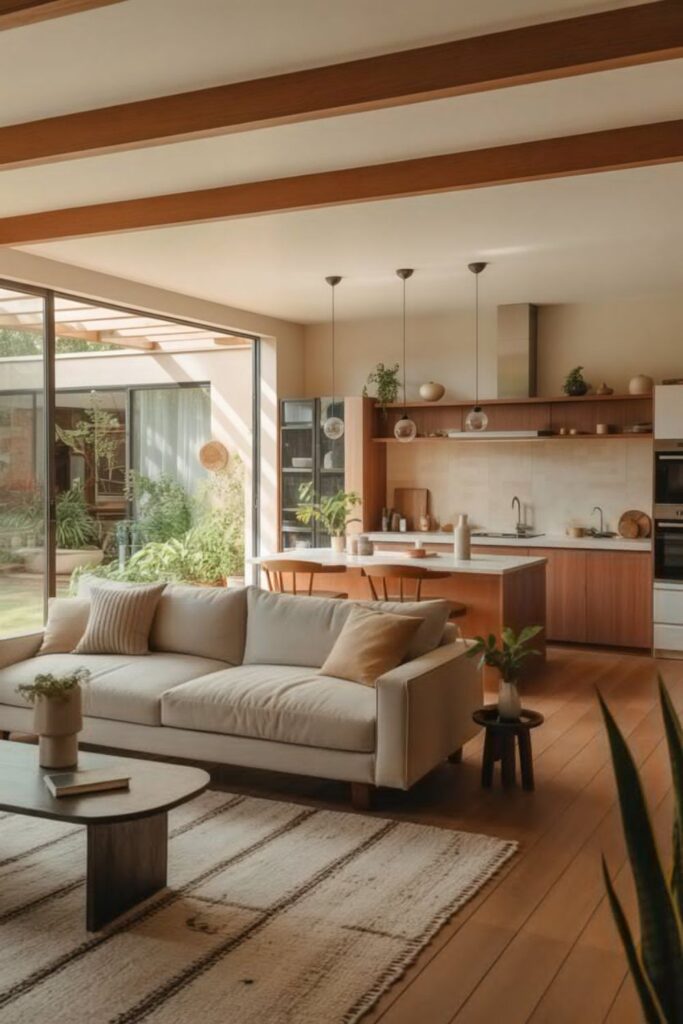
Flow and Spatial Organization
Central living areas serve as activity hubs that connect all other spaces while maintaining clear sight lines throughout floor plans. Kitchen placement at home centers facilitates family interaction while providing easy access to dining, living, and outdoor areas.
Bedroom positioning along quiet zones ensures privacy and noise separation from active living areas. Master suite placement with direct outdoor access creates private retreats while guest bedrooms near entry areas provide convenient visitor accommodation.
Service area integration through well-planned mudrooms, laundry facilities, and storage spaces keeps utilitarian functions organized yet accessible. Back-of-house circulation separates service activities from guest areas while maintaining operational efficiency.
Material and Finish Selections
Natural material emphasis brings warmth and authenticity to modern bungalow interiors through wood floors, stone countertops, and exposed brick accents. Sustainable material choices like bamboo flooring and recycled glass surfaces support environmental goals while providing beautiful finishes.
Textural variety through mixed materials creates visual interest without overwhelming minimalist aesthetics. Smooth plaster walls contrasted with rough stone fireplaces and polished concrete floors provide tactile richness that enhances spatial experience.
Color palette coordination maintains design coherence while allowing personal expression through furniture and artwork selections. Neutral base colors with natural accent tones create timeless backgrounds that accommodate changing tastes over time.
Read More About: Two Floor House Elevation Design Ideas, Styles, and Trends
Lighting and Ambiance
Natural light optimization through strategic window placement reduces artificial lighting needs while creating healthy living environments. South-facing windows maximize winter solar gain while north-facing openings provide consistent gentle illumination for working areas.
Layered artificial lighting combines ambient, task, and accent lighting to support various activities while creating comfortable atmospheres. Recessed ceiling fixtures, pendant lights, and table lamps work together to provide appropriate illumination for different times and uses.
Outdoor lighting integration extends interior ambiance into landscape areas while providing security and wayfinding. Path lighting, accent spotlights, and porch fixtures create welcoming approaches while supporting evening outdoor activities.
How Much Does Bungalow House Design Cost in 2025?
Budget Planning and Cost Factors
Construction costs for modern bungalows range $150-300 per square foot depending on location, materials, and finish quality. Single-story construction typically costs 10-15% less than comparable multi-story homes due to simpler foundation and roofing requirements.
Design complexity significantly affects project budgets through custom architectural features, specialty materials, and site-specific requirements. Simple rectangular forms with standard materials minimize costs while complex shapes and premium finishes increase investment levels.
Regional variations in labor costs, material availability, and building codes create significant price differences across different markets. Local contractor availability and permit requirements also impact project timelines and total costs.
Cost-Saving Strategies
Efficient floor plan design minimizes wasted space while maximizing functional areas to reduce overall square footage without sacrificing livability. Strategic room placement and multi-functional spaces provide maximum utility within compact footprints.
Material value engineering identifies cost-effective alternatives that provide similar aesthetics and performance to expensive options. Engineered products and composite materials often deliver superior durability at lower costs than traditional materials.
Phased construction approaches allow budget spreading over extended timeframes while enabling immediate occupancy. Core structure completion followed by finish upgrades and landscape installation provides flexibility for budget management.
Long-term Value Considerations
Energy efficiency investments provide ongoing operational savings that justify higher initial costs through reduced utility bills. High-performance windows, superior insulation, and efficient HVAC systems deliver measurable returns over building lifespans.
Quality material selections in high-wear areas reduce maintenance costs and replacement frequency while preserving property values. Durable flooring, quality fixtures, and weather-resistant exteriors provide long-term value despite higher upfront investments.
Resale value enhancement through timeless design choices and quality construction protects investment value while providing personal enjoyment. Universal design features and aging-in-place considerations expand market appeal for future sales.
What Are Common Bungalow Design Mistakes to Avoid?
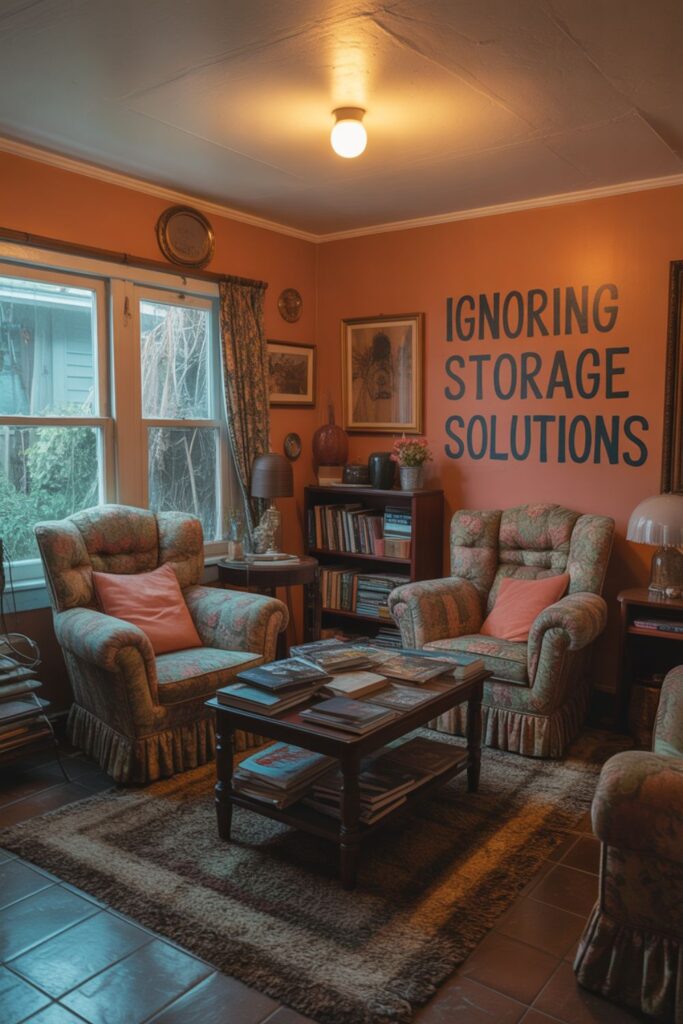
Layout and Flow Problems
Inadequate natural light creates dark, unwelcoming interiors that feel smaller than their actual dimensions. Poor window placement and insufficient openings limit daylight penetration while creating dependency on artificial lighting.
Cramped circulation paths between rooms and around furniture make spaces feel confined and difficult to navigate. Narrow hallways and blocked sight lines fragment open concepts while creating choppy floor plan experiences.
Inappropriate room proportions result from poor space allocation that creates oversized bedrooms at living area expense or tiny kitchens that can’t support family needs. Balanced space distribution ensures all areas serve their intended functions effectively.
Material and Style Inconsistencies
Mixed architectural styles within single projects create confusing appearances that lack design coherence. Traditional exterior elements paired with ultra-modern interiors often feel disconnected rather than thoughtfully integrated.
Inappropriate material scales make small bungalows appear cheap or overwhelming depending on selection errors. Oversized siding or tiny trim elements disrupt proportional relationships that define successful bungalow design.
Poor color coordination between exterior and interior palettes creates jarring transitions that undermine design continuity. Complementary color strategies ensure smooth visual flow from outdoor to indoor environments.
Budget and Planning Issues
Unrealistic budget expectations lead to project compromises that undermine design goals and long-term satisfaction. Thorough cost estimation and contingency planning prevent mid-project changes that compromise quality or halt construction.
Inadequate site analysis results in expensive corrections for drainage problems, access issues, or utility complications. Professional site evaluation identifies potential problems before construction begins to avoid costly surprises.
Permit and code oversight creates delays and additional costs when design elements don’t comply with local requirements. Early regulatory consultation ensures designs meet all applicable codes while avoiding revision cycles.
Frequently Asked Questions
What makes a bungalow different from other single-story homes?
Bungalows feature low-pitched roofs, front porches, craftsmanship details, and horizontal emphasis that distinguish them from ranch homes or contemporary single-story designs. Traditional proportions and natural materials create distinctive architectural character.
How much does it cost to build a modern bungalow in 2025?
Modern bungalow construction ranges $200,000-600,000 for 1,200-2,000 square feet, depending on location, materials, and finish levels. Custom designs and premium materials increase costs while simple layouts with standard finishes minimize investment requirements.
What are the main advantages of bungalow living?
Single-story convenience, aging-in-place compatibility, energy efficiency, and maintenance simplicity represent primary bungalow benefits. Open floor plans, outdoor connections, and universal accessibility support diverse lifestyle needs and long-term homeownership goals.
Can you add a second story to an existing bungalow? Second-story additions are possible but require structural evaluation to ensure foundation and framing adequacy. Zoning restrictions, setback requirements, and neighbor considerations may limit expansion options in established neighborhoods.
What interior design styles work best in bungalows?
Craftsman, farmhouse, contemporary, and transitional styles complement bungalow architecture while allowing personal expression. Natural materials, warm colors, and comfortable furnishings enhance bungalow charm regardless of specific design approach.
How do you make a small bungalow feel larger?
Open floor plans, high ceilings, large windows, and light colors create spacious feelings within compact footprints. Strategic furniture placement, minimal clutter, and indoor-outdoor connections further enhance perceived space.
Conclusion
Creating your dream home through thoughtful bungalow house design proves that single-story living represents the pinnacle of residential comfort, efficiency, and architectural beauty that multi-story alternatives simply cannot match. These timeless design principles offer unlimited possibilities for crafting spaces that perfectly balance intimate family living with sophisticated entertaining while delivering the convenience and accessibility that modern lifestyles truly demand. From sustainable building practices that reduce environmental impact to open floor plans that maximize every square foot, there are countless ways to achieve the perfect blend of functionality and style within single-story frameworks.
The enduring appeal of bungalow design lies in its ability to create homes that feel both cozy and spacious, traditional and contemporary, simple and sophisticated all at once. Start with proven layout strategies that optimize natural light and flow, then layer in material choices and design details that reflect your personal style and long-term vision. Remember that successful bungalow design prioritizes quality over quantity, emphasizing thoughtful proportions and authentic materials rather than sheer size or complexity, the most beloved bungalows achieve their lasting charm through confident simplicity and masterful attention to detail that creates homes worth cherishing for generations.

